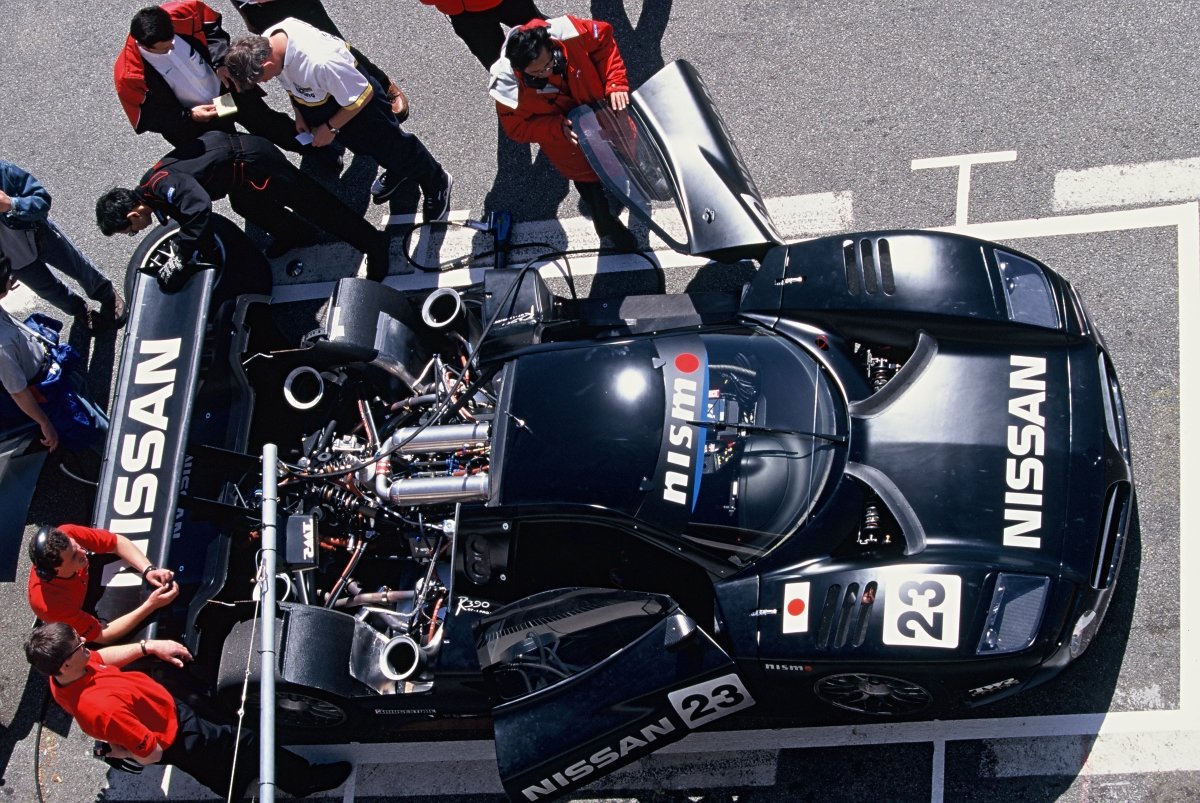
You might be surprised to learn the engine in the back of a modern McLaren supercar has a direct connection to Nissan’s 1990s crack at the 24 Hours of Le Mans.
Dubbed the M840T, the 4.0-litre twin-turbo V8 used in cars like the 750S is built by Ricardo, a British supplier to the Woking-based supercar brand. Its design, however, stretches right back to 1987, the year Nissan started developing a brand new engine to power its Group C sports car campaign, including a tilt at La Sarthe.
GALLERY: McLaren’s new supercar arrives in Australia
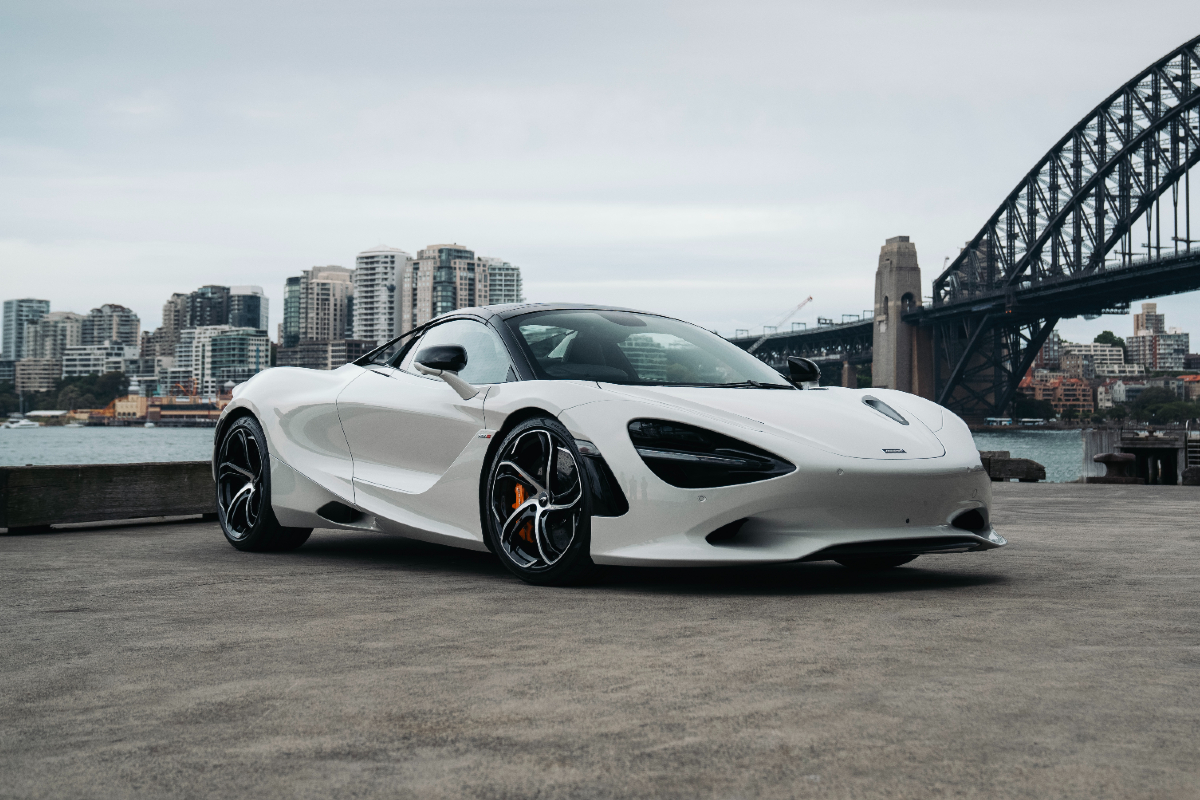
The Nissan 2996cc twin-turbo V8 was called the VEJ30 and subsequently increased in capacity to 3.4 litres, and renamed the VRH30. In 1989, a new engine again spawned from this one, at least spiritually, called the VRH35, which would go on to power the legendary R390 GT1 car in the 1997 and 1998 24 Hours of Le Mans.
Versions of this Nissan race engine went on to power Nissan IndyCars in America and the brand’s Super GT500 GT-Rs in Japan.
In the late 2000s, McLaren was gearing up to produce road cars and needed an engine for its forthcoming MP4-12C. It simply purchased the rights to the VRH35L design – by this point a very proven engine, in the heat of motorsport no less – from Tom Walkinshaw Racing (TWR).
Renamed the M838T – and significantly reengineered – the engine went on duty in vehicles such as the first MP4-12C, the 570S, 650S and even in a hybrid application in the LaFerrari-fighting P1 hypercar.
The Nissan R390 was built by TWR, and to meet GT1 regulations, a solitary road car was produced in the 1990s – but never sold. In a curious way, this R390 road car is something of an unlikely ancestor to the McLaren P1.
Since the McLaren MP4-12C and M838T, the engine has evolved into the one we see today – a 4.0-litre, flat-plane-crank, twin-turbo unit producing as much as 607kW. It’s been used in plenty of new McLaren models from the 720S to the Senna, Speedtail and GT. In a somewhat roundabout way, it’s also been used for racing cars again – powering things like the 720S GT3.
Of course, to say modern McLarens are powered by an old Nissan Le Mans engine is stretching the truth somewhat – the engine is almost entirely new and different. But there’s some unmistakeable DNA in there, and we’d only find a modern McLaren more appealing knowing the engine’s very storied history.



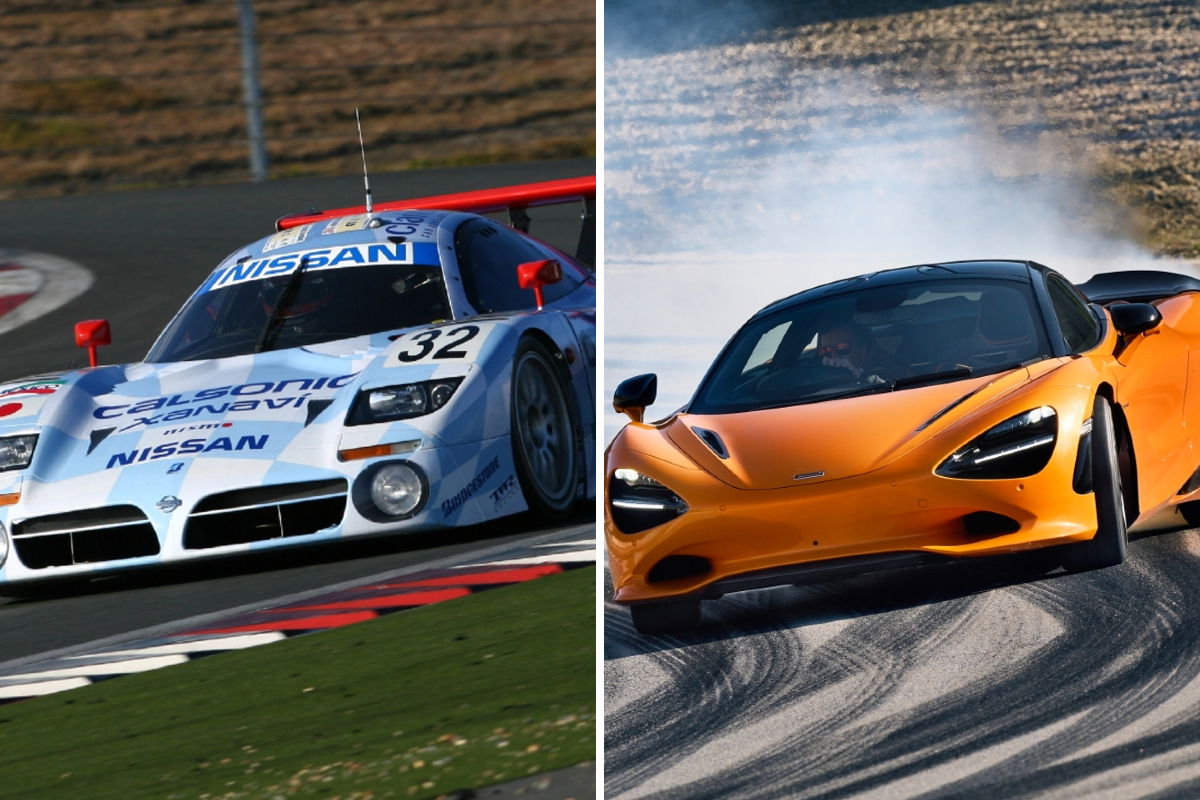
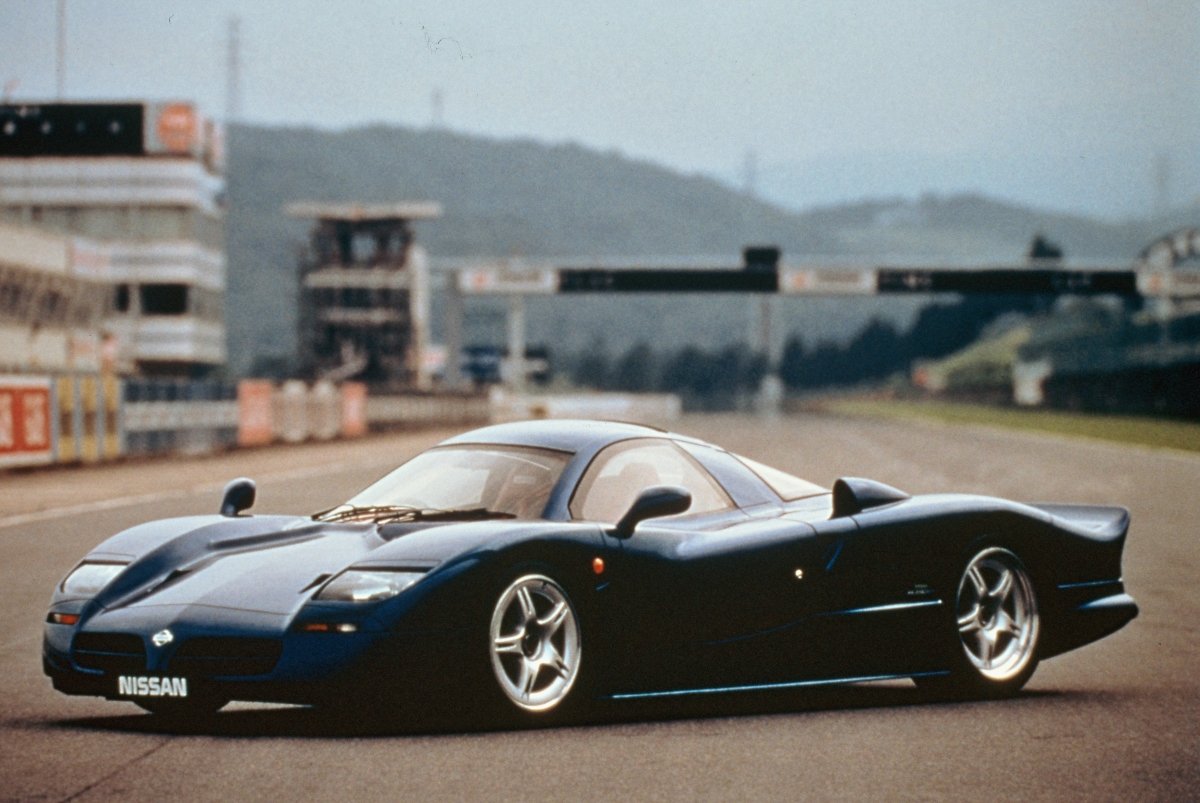
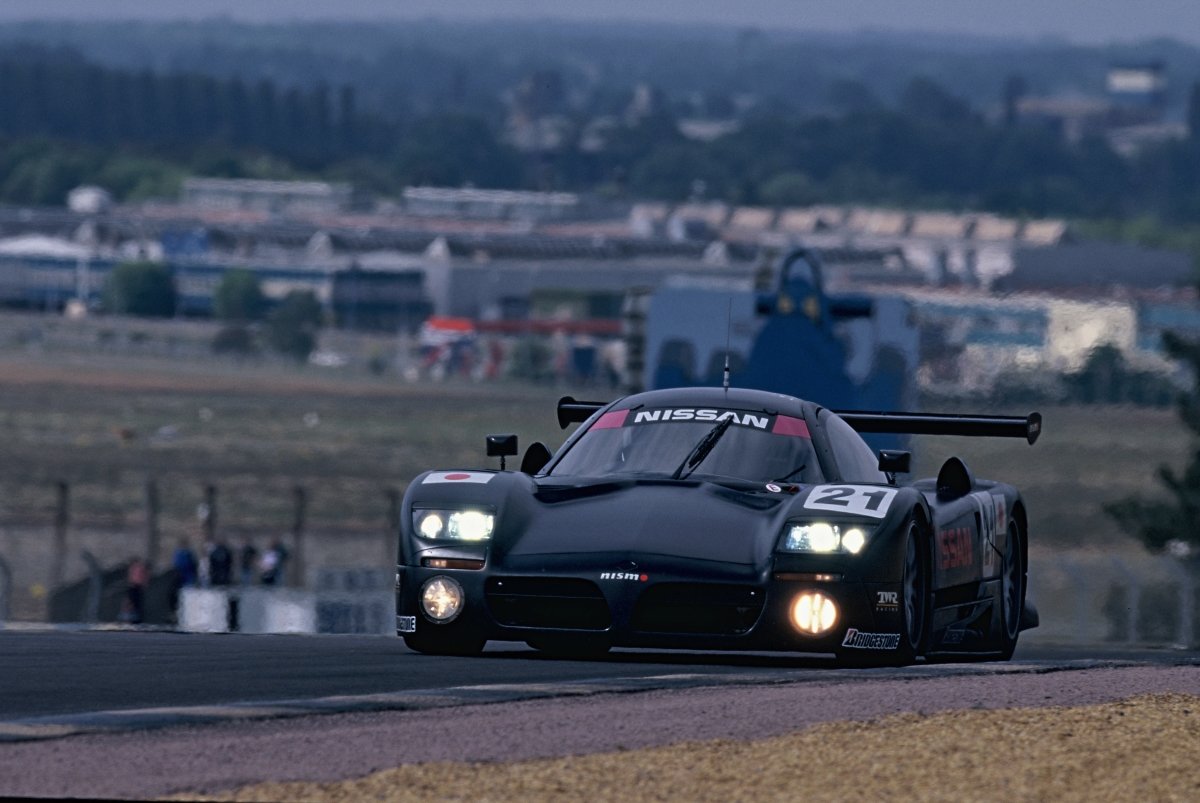
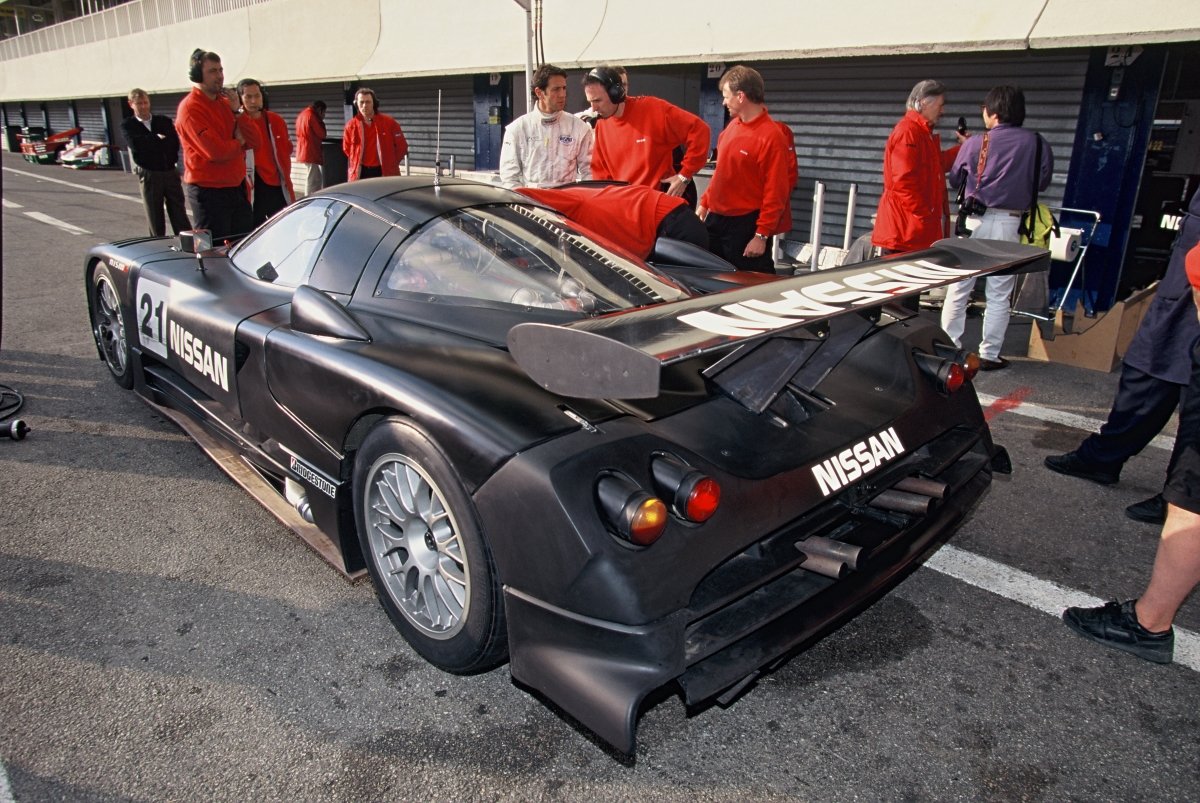















Discussion about this post